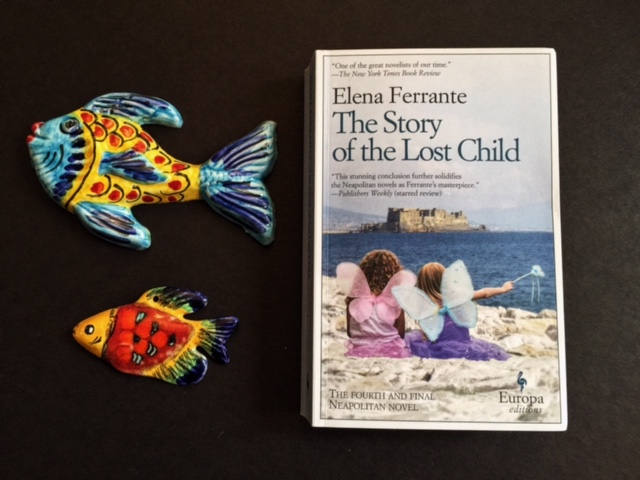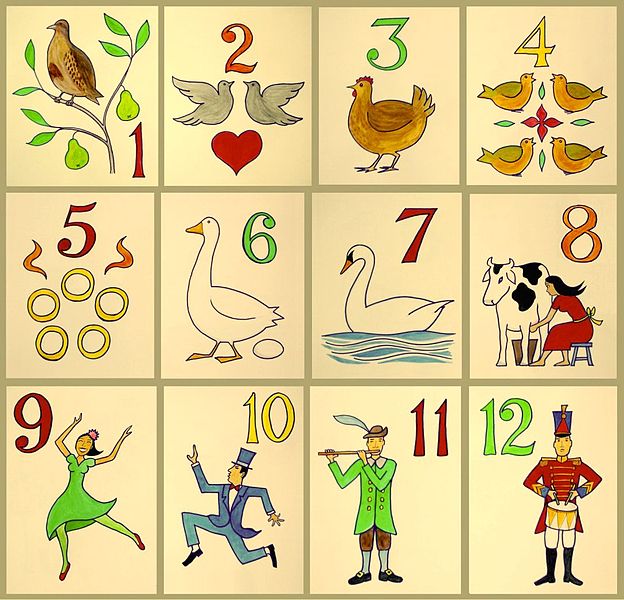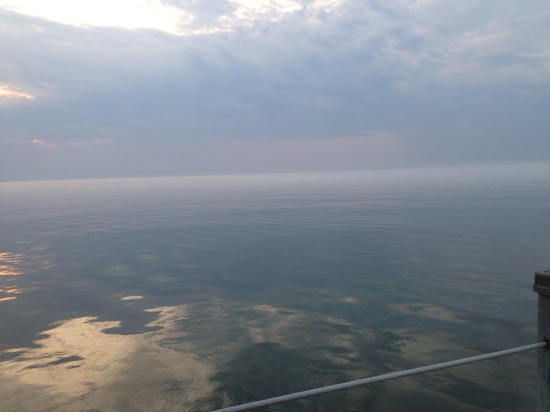“They were constantly chirping, and what they were saying, or what I heard them say, was: Stand up. Look around. Be in the world.”

********
“For me, birding and writing did not feel interchangeable. Birding was the opposite of writing, a welcome and necessary flight from the awkward daily consciousness of making art. It allowed me to exist in a simple continuity, amid a river of birds and people and hours. The stubborn anxiety that filled the rest of my life was calmed for as long as I was standing in the river.”
********
“As long as I can remember I have been drawn to people who have side loves. Maybe because no single job or category has ever worked for me, I am particularly interested in artists who find inspiration alongside their creative practice. It could be a zest for car mechanics or iron welding (Bob Dylan) or for beekeeping (Sylvia Plath). I love the idea that something completely unexpected can be a person’s wellspring or dark inner cavern, that our artistic lives can be so powerfully shaped and lavishly cross-pollinated by what we do in our so-called spare time.” Birds Art Life: A Year of Observation by Kyo Maclear
I just love this little memoir. Writer Kyo Maclear, a novelist, essayist, and children’s book author, was feeling overwhelmed by the illness of her father, caring for her two young boys, keeping up her writing, and all of life’s other demands. She decided to begin a side practice, something to relax her and refresh her writing and creative spirit.
For a year, she accompanied an avid birder who is also a musician and performer in birding adventures around Toronto and wrote about it, along the way finding truths about life and art.
Many artists and writers are dabblers or become accomplished in a side practice that cross pollinates their art and their life. Vladimir Nabokov was a world renowned butterfly expert. Virginia Woolf gardened.
I’m not sure I have a side practice. Certainly nature feeds my writing and inspires me, and I’m experimenting with learning how to paint watercolors because painting is nonverbal, a relief from hours of being in my own head when I write.
For Kyo, birding was a delightful hobby and new passion because it was relatively easy to do. Despite living in an urban environment, Kyo and her birding companion were intrigued and entertained by the wide range of birds they found along the lake front and in streams, parks, vacant lots, parking lots, backyards, and right outside their picture windows.
Each chapter in Birds Art Life is devoted to a month and a theme: Love, Cages, Smallness, Waiting, Knowledge, Faltering, Lulls, Roaming, Regrets, Questions, and Endings.
A few chapter subtitles will give you an idea of Kyo’s thematic reflections:
Smallness: On the satisfactions of small birds and small art and the audacity of aiming tiny in an age of big ambitions
Lulls: On peaceful lulls and terrifying lulls and the general difficulty of being alone and unbusy
In one chapter, Kyo broadens her scope to reflect on climate change and how, day to day, urbanites and suburbanites don’t notice the human-caused environmental disruption and species depletion happening just outside their view.
Many birders have a spark bird, a particular species of bird that ignites their interest and launches them into birding. Likewise, many devoted readers have a spark book, a book they read in childhood that became a portal to a life of passionate reading.
Do you have a spark book? What comes to mind for me is A Wrinkle in Time by Madeleine L’Engle.
This is a hugely satisfying memoir and meditation on life and art that will replenish your spirit. I highly recommend it.
“This is what birds do when they join a swirl of other birds, I thought. They don’t proclaim their individuality or try to make a splash. They dissolve into the group. I wondered if this merging felt so relaxing because it was an antidote to the artist ego, built on an endless need to individuate, to be your own you. In place of exhausting self-assertion, the relief of disappearing into the crowd.”
Do you have a side practice that complements your primary work? Do you have a spark book, or a spark bird, or something specific that sparked your passion in another hobby or practice?






















